Is Chicago safe? What you should know
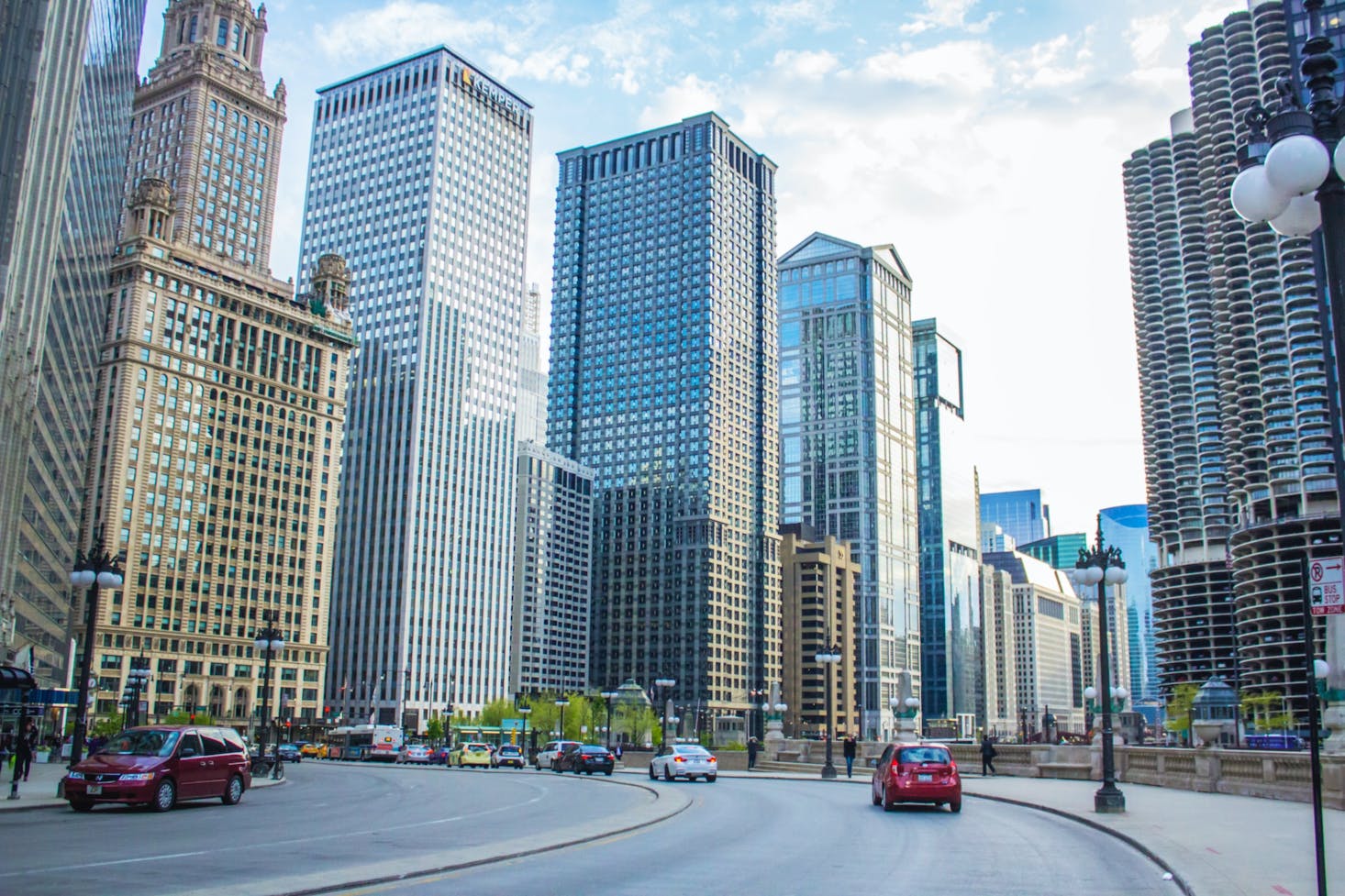
Chicago has the dubious (and heavily media-driven) reputation for being one of America’s most dangerous cities, but this shouldn't deter you from visiting this world-class travel designation. Chicago is a big city, in fact, it’s the third largest city in the country. And with that comes many positives and a few negatives. Crime statistics are fluid, they may not be a reliable metric for your travel plans.
Don't let anecdotes from your uncle or a one-off news story deter you from visiting world-class attractions like Wrigley Field or the Lincoln Park Zoo. Practice good judgment and do a little bit of research and you will be just fine.
And to protect any valuables from theft or loss while you're exploring the city, drop off your luggage and shopping bags at a secure Chicago luggage storage facility in the Bounce network. We'll keep everything safe for as long as you need.
Get $5 off with the Bounce app
Use Bounce to find nearby bag storage in 4,000+ cities worldwide.
Get the app
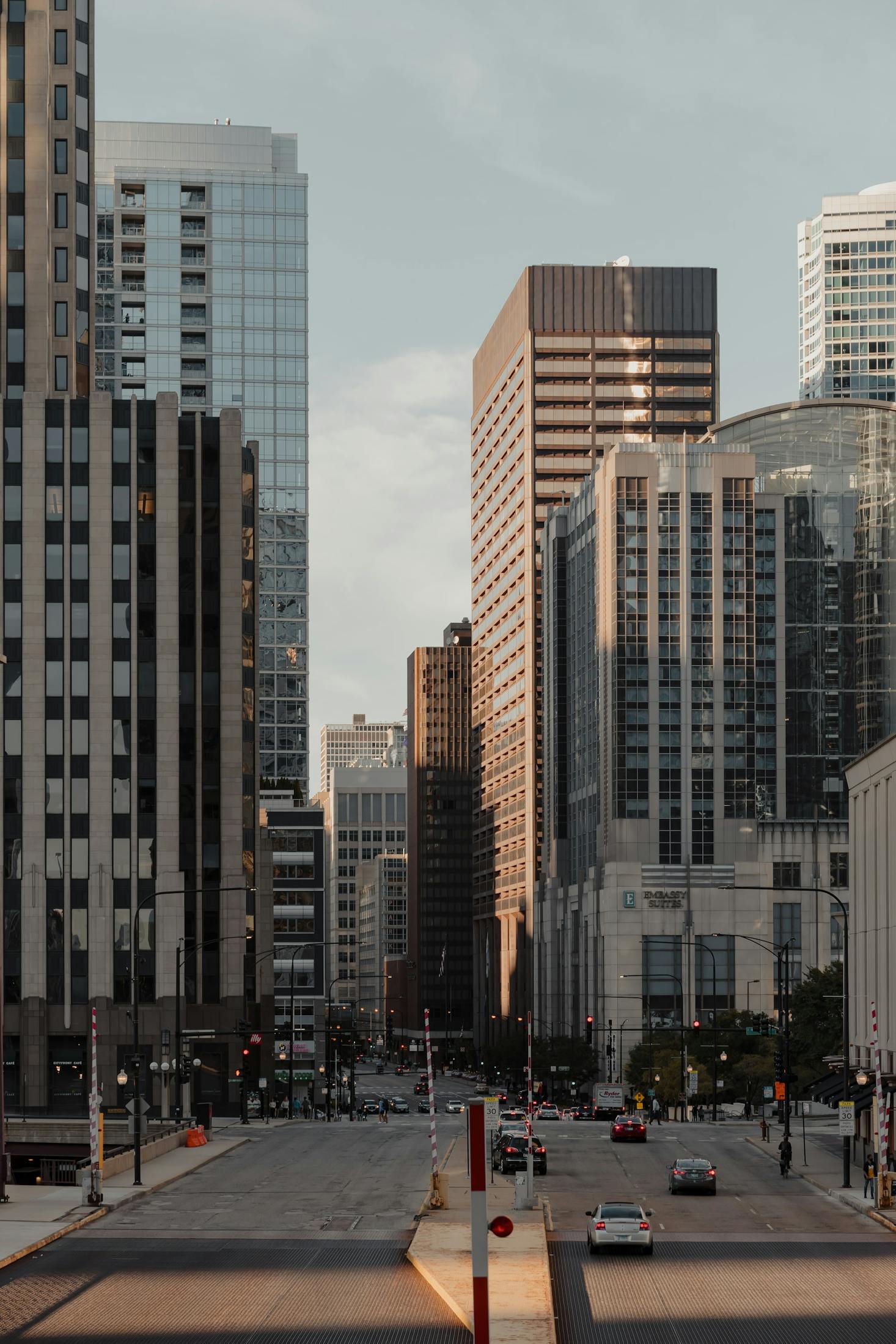
Safety tips to keep in mind while visiting Chicago
Downtown Chicago, situated on the shores of Lake Michigan and surrounded by the Chicago River, is the most popular area for tourists. Iconic landmarks and attractions like The Bean, Navy Pier, the Art Institute, and the Mag Mile have undeniable appeal, but this area (called “the Loop”) is also one of the most common places for pickpockets as the crowds are ideal for thieves. Still, violent crimes are rare in this part of the city. Less crowded (but popular) cultural hotspots like Wicker Park, Logan Square, and the West Loop are safe places where you’ll still want to have your wits about you.
Getting from the airport to the city center safely
Depending on where you’re heading, public transportation is usually the most convenient option for getting downtown from O’Hare Airport or Midway. The CTA Blue Line runs from O’Hare through the northwest side. Conversely, the Orange Line runs through the southwest side from Midway. In general, you can rely on these trains to provide safe passage to downtown during the day. You'll blow past traffic during rush hour and comfortably get to the Loop. The downside is late at night when train cars can be empty and uncomfortable situations can arise. If you're taking a late flight, it could make sense to take an Uber or cab downtown.
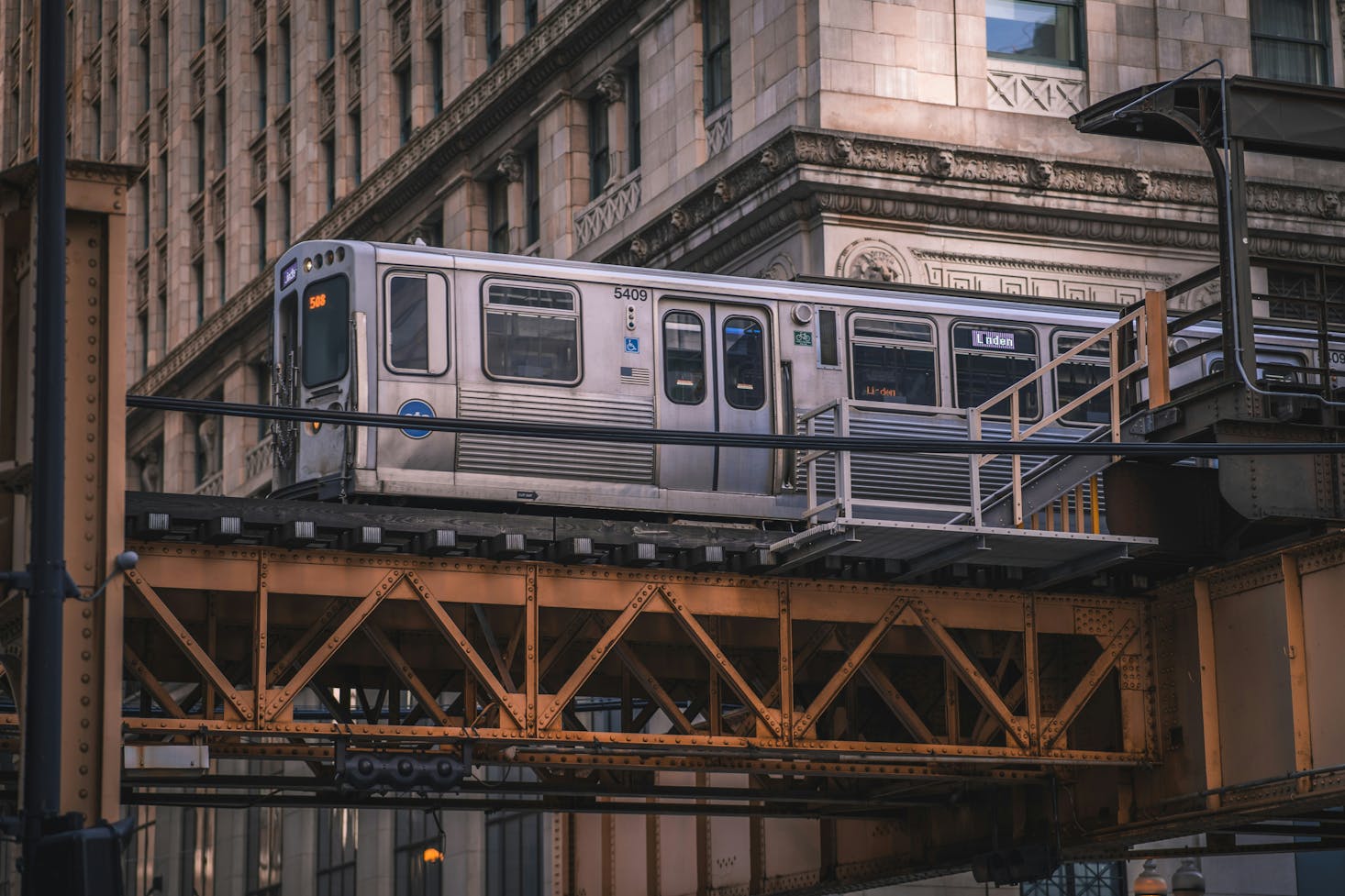
Getting from the train station to your accommodation safely
Ogilvie Station and Union Station are the main hubs for Amtrak and Metra trains, and these run right to downtown. If you’re staying in the Loop, you might be able to walk to your hotel safely during the day. Later at night, it would make sense to hail a cab or book a rideshare, even if it’s a short trip.
Tips for staying safe when you first arrive in Chicago
Your first visit to Chicago can bring mixed emotions and even some early intimidation. But as you settle in, you should start to feel a little more comfortable as this city is more approachable than New York or Los Angeles. To get through those initial jitters, you can do a little bit of research about transportation so you're not wandering around looking at your phone. Make at least some attempt to not look like a “deer in the headlights” tourist. It's much easier to walk confidently when you know we're going, so use your travel time to familiarize yourself with transit facilities, and the lay of the land.
Is Chicago tap water safe to drink?
While Chicago has made improvements to the lead content in its drinking water, it’s still something to look out for. If you're staying in a hotel, you won't have anything to worry about. But if your Airbnb or rental is in an older building, you may want to grab a few bottles of water.
Safe accommodation options in Chicago
Neighborhoods like Logan Square are popular for Airbnbs, while River North and the Loop are where the best hotels are located. In general, all of these areas are quite safe for travelers. You’ve doubtless heard about Chicago's south side, and while the case against it is mostly anecdotal, you may want to avoid staying in that area.
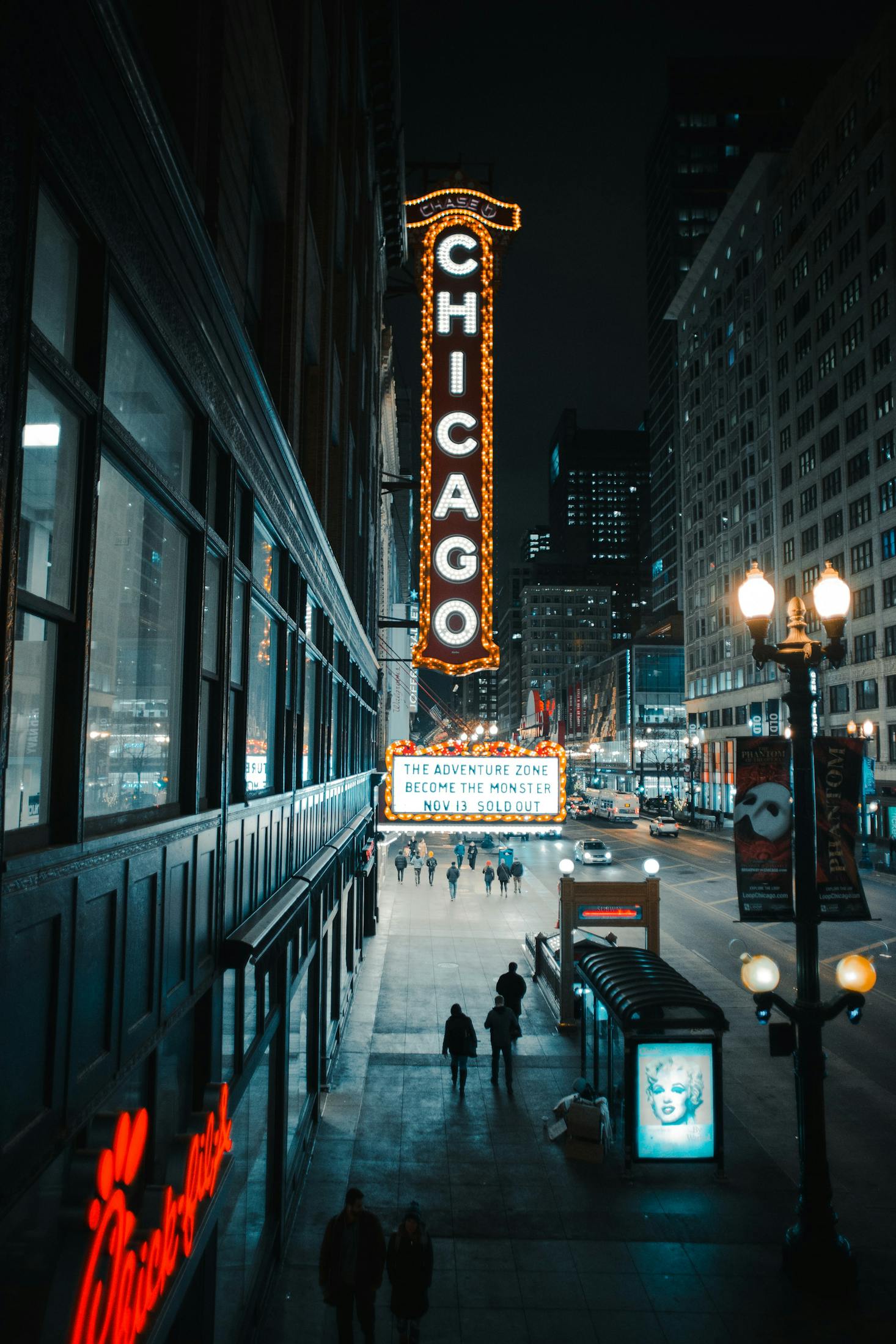
Safety at events in Chicago
Whether you’re catching a Chicago Cubs game or hitting a bucket-list music festival like Lollapalooza, this city is home to world-class entertainment options. While security measures are taken at each of them, it makes sense to be aware of your surroundings and plan for extreme weather for outdoor events.
As far as scams go, it’s best not to buy any tickets off the street or through websites like Craigslist.
Pro tip: If you're looking to explore the city on a travel day, storing your luggage and valuables with a reliable service like Bounce can go a long way in making you feel more comfortable and safe.
- Bag protection: Every booking with Bounce is covered against unforeseeable events (loss, damage, etc), so you don't have to worry about your valuables - ever.
- Reliable and secure locations: Bounce partners with trusted businesses which means strict quality and security standards.
- Storage spots throughout the city: There are dozens of locations across Chicago, including many in downtown and top neighborhoods. You can use the mobile app website to find convenient locations for where you're heading.
- 24/7 support: If you have questions or concerns regarding your reservation or storage spot, you'll be able to rely on a dedicated customer service team at any time of day.
- You can store almost anything: If you're traveling with larger bags or even specialty items, you'll be able to store them with Bounce so you're not carrying your valuables around the city.
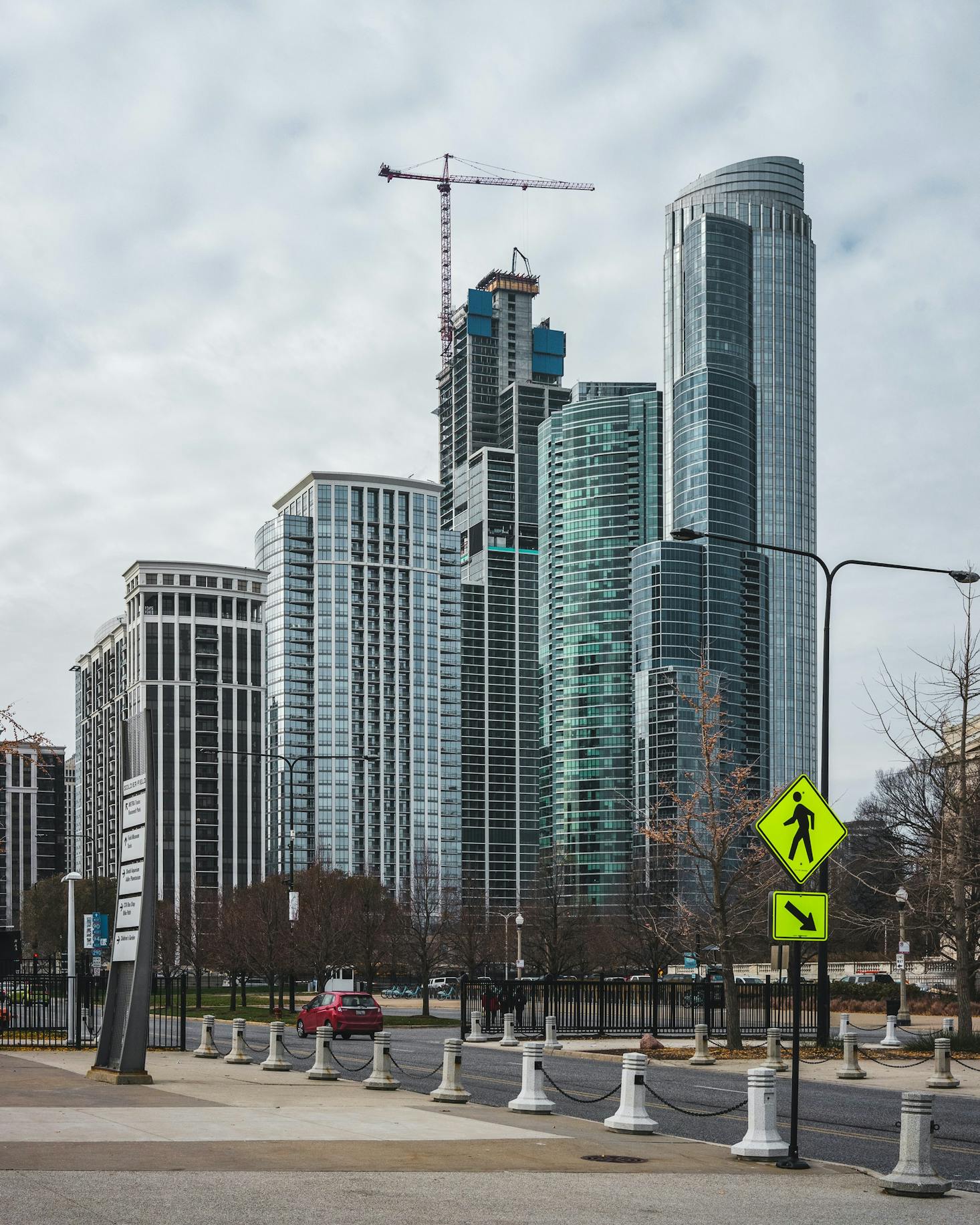
Things to keep an eye out for
Chicago has a few quirks to it, but any American or international travelers familiar with the country will find it an approachable city to visit. Locals are friendly and usually helpful.
- Some public infrastructure is equipped with Spanish, Polish, and Chinese writing to accommodate these larger communities within Chicago, and you can expect these languages to be widely spoken. It’s common for police officers to be fluent in either Spanish or Polish.
- Keep an eye out for unhoused people if you’re driving as they’ll be soliciting donations at highway exits or on the streets downtown. These are generally harmless interactions, but avoid them if you’re uncomfortable.
- During the warmer months and even winter, there are cyclists everywhere in Chicago. Practice good judgment when opening car doors, crossing the street, and especially when driving.
Getting around Chicago safely
It’s fairly easy to get around Chicago using public transportation or by car. But is it safe? Here’s a rundown:
- The CTA trains are generally safe, especially during the day and peak travel times. You may want to avoid all public transportation at night when subway cars will be empty.
- Buses have drivers, so they are usually a safe option for getting around the city when you can't rely on the L trains.
- Officially licensed cabs are everywhere in the loop, and these will be easy to spot. There aren’t many instances of unlicensed taxis in Chicago.
- Uber and Lyft are quite safe as long as you make sure you’re getting into the right car and being aware.
- Bike share programs like Divvy are excellent ways to get around during the summer, but you’ll want to stick to the bike lanes and bring a helmet.
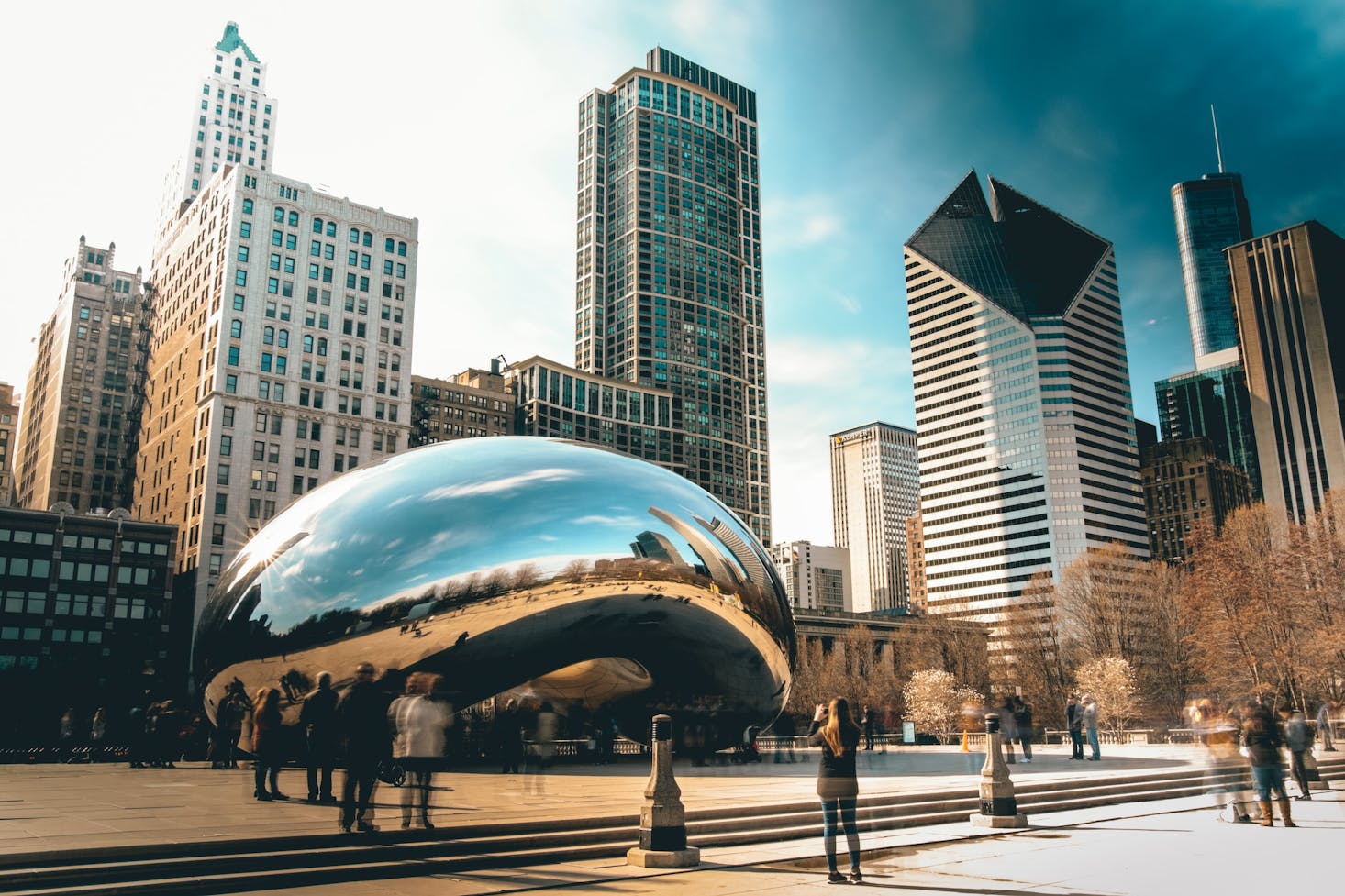
Tips for driving and parking in Chicago
While traffic may seem daunting, Chicago is very driveable as highways will connect the disparate neighborhoods. Most locals would argue against it, as parking can be a hassle. Carjackings have been a major factor in public safety, but these are exceedingly rare during the day. The best advice would be to park the car somewhere safe after 9 pm if possible. Finding proper (and official) parking is a must. If it’s in a structure with a gate and some security, you can trust it. Parking on the street should be avoided unless you’re staying out in the neighborhoods and don't have other options.
Weather and other factors
- The winter months can be dangerously cold, so make sure you’re packing clothes and staying in hotels or vacation rentals with proper heating. If a dangerous amount of snow is predicted, you'll want to make plans or even consider rescheduling.
- Summer temperatures can be similarly particularly extreme, so practice good judgment when you're hitting the beach or lakefront with hydration and shelter from the sun.
- Summer storms bring damaging winds and flooding to the areas around the Chicago River, so keep an eye out and adjust your plans accordingly.
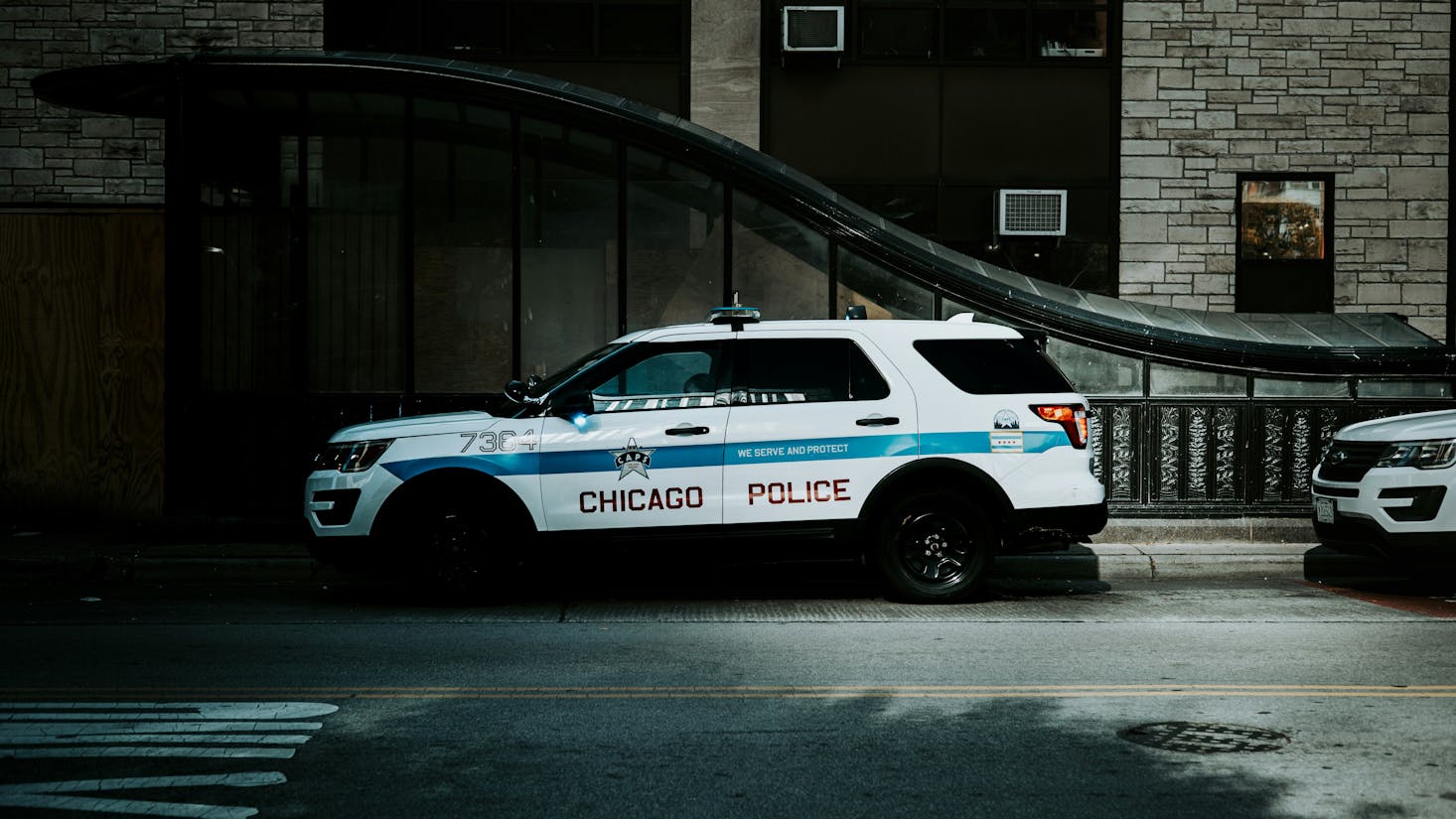
Tips in the case of an emergency
Depending on what happens, it’s almost always best to call 911 so emergency personnel or the Chicago Police Department can respond. If you sustained a minor injury, you probably won't need to call an ambulance and can take an Uber or Lyft to the nearest hospital. If you have your phone on you, there's a wealth of official resources provided by the city of Chicago.
- Emergency Phone: 9-1-1.
- Non-Emergency Number: (312) 746-6000.
- City Services & Questions: 3-1-1.
So, is Chicago safe? The easy answer is yes and no. If you’re planning a trip to the Windy City, you absolutely shouldn't go into your trip assuming something will go wrong. That’s simply not statistically logical and will only spoil your time. Instead, do a bit of research and make plans for your accommodations or transportation while using tools like Bounce luggage storage.
Get $5 off with the Bounce app
Use Bounce to find nearby bag storage in 4,000+ cities worldwide.
Get the app
